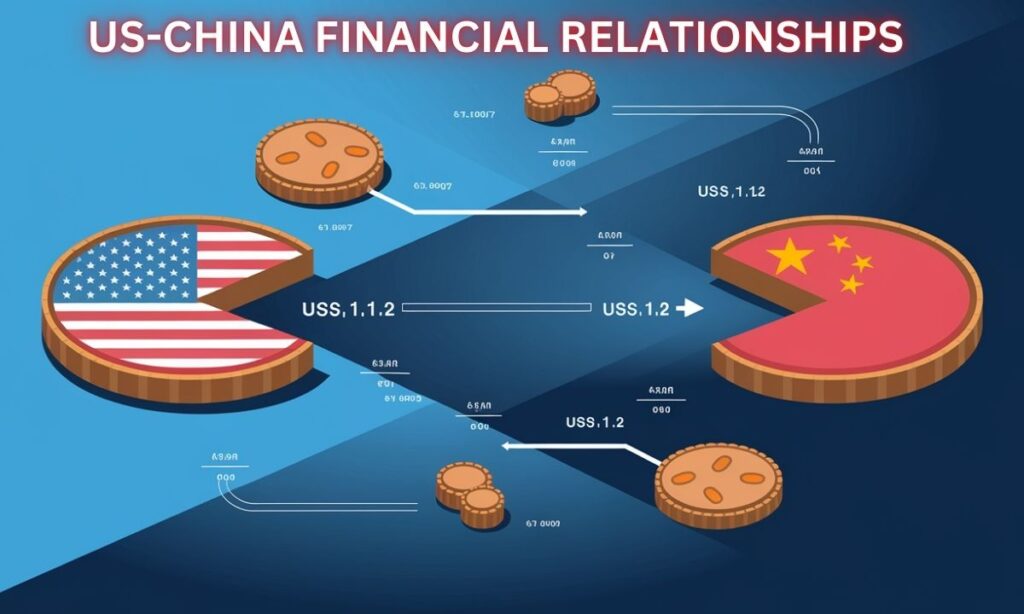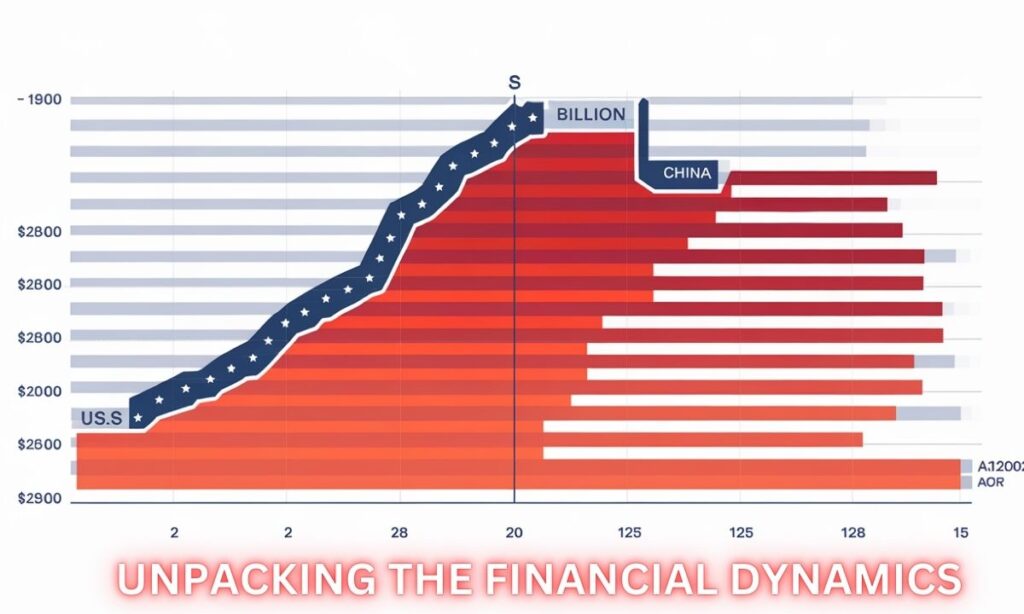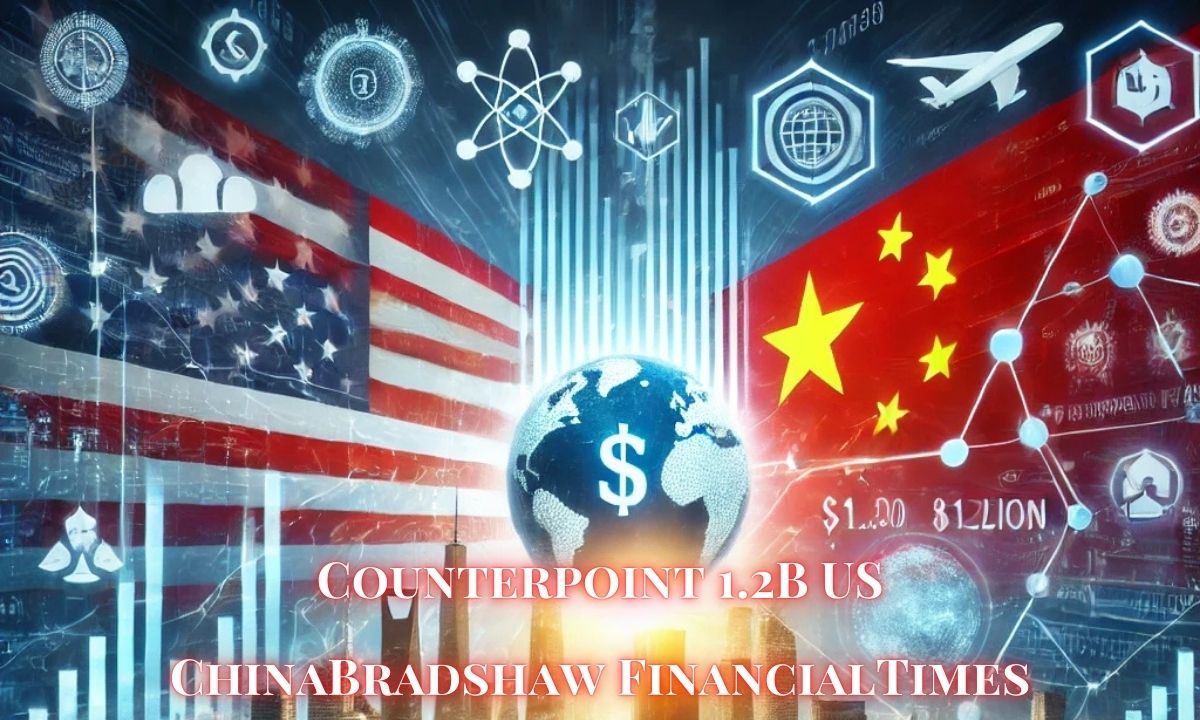What exactly does the “Counterpoint 1.2B US ChinaBradshaw FinancialTimes” deal mean for the global economy? This $1.2 billion transaction between the US and China seems like just another number.
But its implications stretch far beyond simple financial exchanges. How do such deals affect not only the two countries involved but also global markets and political landscapes?
What is Counterpoint 1.2B US ChinaBradshaw FinancialTimes?
Counterpoint 1.2B US ChinaBradshaw FinancialTimes is a significant financial topic. It focuses on a $1.2 billion transaction between the US and China. This deal represents the complex financial ties between these two superpowers.
The figure highlights their economic relationship. It reflects trade, investments, and strategic agreements. This transaction also affects global financial stability.
Experts believe this deal has global implications. It influences markets and diplomatic relations. The topic has drawn attention from economists worldwide.
Breaking Down the Components
This transaction includes several key components. Each part plays a role in the US-China financial relationship. Understanding these components is essential to grasp the deal’s impact.
Key Components of the Transaction
| Component | Percentage | Focus Area | Key Trends |
| Direct Investment | 35% | Technology and Manufacturing | Rising tech sector focus |
| Trade Flow | 40% | Consumer Goods and Services | Supply chain diversification |
| Financial Services | 15% | Banking and Insurance | Digital payment integration |
| Other Sectors | 10% | Infrastructure and Real Estate | Sustainable development |
These components highlight the multifaceted nature of the deal. The emphasis is on technology, trade, and finance.
US-China Financial Relationships and the US$1.2 billion Figures

The US and China share a unique financial relationship. This $1.2 billion transaction is a pivotal example of their economic ties. It reveals both cooperation and competition.
Key Points About the Relationship
- Trade Agreements: These deals are critical for global commerce. The $1.2 billion figure might represent such an agreement.
- Technology Investments: Both nations focus heavily on technological growth. This deal likely includes significant tech investments.
- Economic Balance: Managing tensions and fostering collaboration is crucial. This transaction showcases that balance.
The deal highlights the interconnected nature of their economies. It influences various sectors globally.
Understanding the Counterpoint 1.2B Transaction
This transaction represents more than just financial numbers. It symbolizes strategic economic decisions. These decisions impact both nations and the world.
Core Aspects of the Transaction
- Economic Interdependence: The US and China rely on each other for growth.
- Strategic Collaboration: This deal reflects careful financial planning.
- Global Influence: The transaction’s effects go beyond bilateral ties.
Experts view this as a critical case of modern financial diplomacy.
Unpacking the Financial Dynamics

The financial dynamics of this deal are complex. They involve multiple layers of economic interaction. Each layer reveals insights into US-China relations.
Financial Layers of the Deal
- Investments: The deal likely includes investments in emerging sectors.
- Trade Flows: It may address imbalances in trade.
- Diplomatic Agreements: Financial moves often align with political goals.
This transaction highlights how economic and political strategies intertwine.
Influence on Global Markets
The $1.2 billion transaction has a far-reaching impact. It influences markets worldwide. Key sectors like technology and manufacturing feel the immediate effects.
Key Market Influences
- Technology Sector: Innovations and production depend on such deals.
- Manufacturing: Supply chains are directly affected.
- Stock Markets: Investors react to these large financial moves.
Global markets closely monitor US-China transactions.
Global Market Implications
The implications of this deal are vast. It reshapes economic landscapes. Other countries adapt their strategies in response.
Core Implications
- Economic Growth: Positive collaboration fosters growth worldwide.
- Market Stability: Well-structured deals reduce volatility.
- Global Trade: The transaction sets trends for international commerce.
The deal’s ripple effects touch every corner of the global market.
Political Ramifications of Counterpoint 1.2B US ChinaBradshaw FinancialTimes
The transaction has significant political implications. It affects diplomacy between the US and China. It also influences global political dynamics.
Political Effects
- Diplomatic Relations: This deal could improve ties between the nations.
- Policy Decisions: Economic moves often shape political strategies.
- Global Influence: The transaction affects how other countries view these superpowers.
Political and economic factors are deeply connected in such deals.
Read This Blog Also : ” Phongsavanh Group Political Bribery: Exploring the Allegations “
Political Ramifications and Strategic Significance
The $1.2 billion deal is strategically significant. It reflects careful planning by both nations. Their decisions have long-term consequences.
Strategic Importance
- Economic Balance: The deal helps manage economic tensions.
- Global Leadership: Both nations assert their influence through such transactions.
- Future Collaboration: This sets the stage for further cooperation.
Strategic deals like this shape the future of international relations.
Navigating Economic Uncertainties
Economic uncertainties are a constant challenge. This transaction demonstrates a strategic approach to managing them.
Key Strategies
- Collaboration: Working together reduces risks.
- Investments: Focusing on stable sectors ensures growth.
- Negotiations: Careful discussions lead to balanced outcomes.
Both nations showcase their ability to navigate economic challenges effectively.
Impact on Global Economic Ecosystem
The transaction has a broad impact on the global economy. It affects policies, markets, and future deals.
Key Impacts
- Policy Changes: Governments adjust their strategies.
- Market Trends: New trends emerge in response to the deal.
- Economic Stability: Positive collaborations foster stability.
The global economic ecosystem evolves with such transactions.
Frequently Asked Questions about Counterpoint 1.2B US ChinaBradshaw FinancialTimes
What is the significance of Counterpoint 1.2B?
It highlights the complex financial ties between the US and China.
How does this transaction affect global markets?
It influences sectors like technology, manufacturing, and trade.
What are the political implications?
The deal impacts diplomacy and global political strategies.
Why is this deal important for economic stability?
It fosters collaboration and reduces market volatility.
Which sectors benefit the most?
Technology and manufacturing see the most immediate benefits.
Conclusion
The Counterpoint 1.2B US ChinaBradshaw FinancialTimes transaction is a pivotal moment. It reflects the intricate financial and political ties between the US and China. This deal showcases their ability to collaborate despite challenges.
The transaction influences global markets and politics. It sets trends for future economic interactions. As the world watches, this deal becomes a key case study in modern financial diplomacy.

Brook is a tech and gaming expert with 5 years of blogging experience. He loves sharing tips and reviews about new gadgets and games to help readers stay updated.

